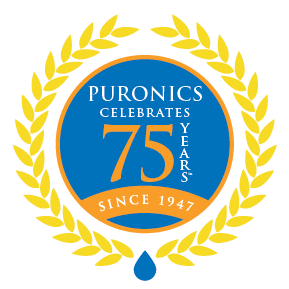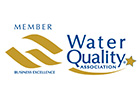Identifying Problem Water
Dry skin and hair, bathtub rings, spots on glasses and silverware, dull clothing and poor performance of water-using appliances are all problems associated with hard water. Most homes have hard water, either supplied by a municipality or private well. Many homeowners don’t realize they have hard water, and do not understand the harm it causes and the expenses it creates. Hard water contains dissolved calcium, magnesium and, in many cases, iron.
Also known as “turbidity,” cloudy, murky or grayish water is usually caused by dissolved or suspended solids. This can happen naturally or from land disturbances such as construction, storms and runoff.
As a natural solvent, water can dissolve anything it comes in contact with if given the needed time and conditions. If your water contains iron or manganese, you may have rusty-orange or black staining, and if your water has a low pH you may find blue-green stains. You’ll see the stains on clothes, fixtures, tubs, sinks, water-using appliances, toilets, or anything else your water comes in regular contact with.
Chlorine water has a unique taste and smell. While it is an essential disinfectant for killing harmful bacteria at the treatment plant and in the pipes that transport your water, it is no longer necessary once the water reaches your home. Chlorine fades clothes, dries skin and hair, and can dry out the rubber seals in appliances, shortening their lives.
Hydrogen Sulfide is a colorless corrosive gas that has the characteristic odor of rotten eggs. It is most commonly found in groundwater supplies and is often noticed coming from hot water tanks. If present in your water, you may notice an unpalatable taste in your food and beverages and an unpleasant odor on your hair and clothing. It can also accelerate corrosion of metal parts in appliances.
Facts About Drinking Water
- Over 70% of your body is made up of water.
- Water is the essential element in maintaining virtually every system in your body. Your brain, muscles, bones and kidneys cannot function without it.
- Consider tap water. Traditional disinfecting methods performed at the water treatment plant can leave behind contaminants that make it into tap water. These can include chemicals, gases, bacteria, metallic elements, and more.
- Many try to combat tap water contamination with bottled water, which then brings on another set of concerns.
- Bottled water produces up to 1.5 million tons of plastic waste per year. Further, according to Food and Water Watch, that plastic requires up to 47 million gallons of oil per year to produce.
- According to Consumer Reports, Americans spent $31 billion on bottled water in 2018. How much of that total was from your family? Water costs about three times more than gasoline when it comes in a plastic bottle.
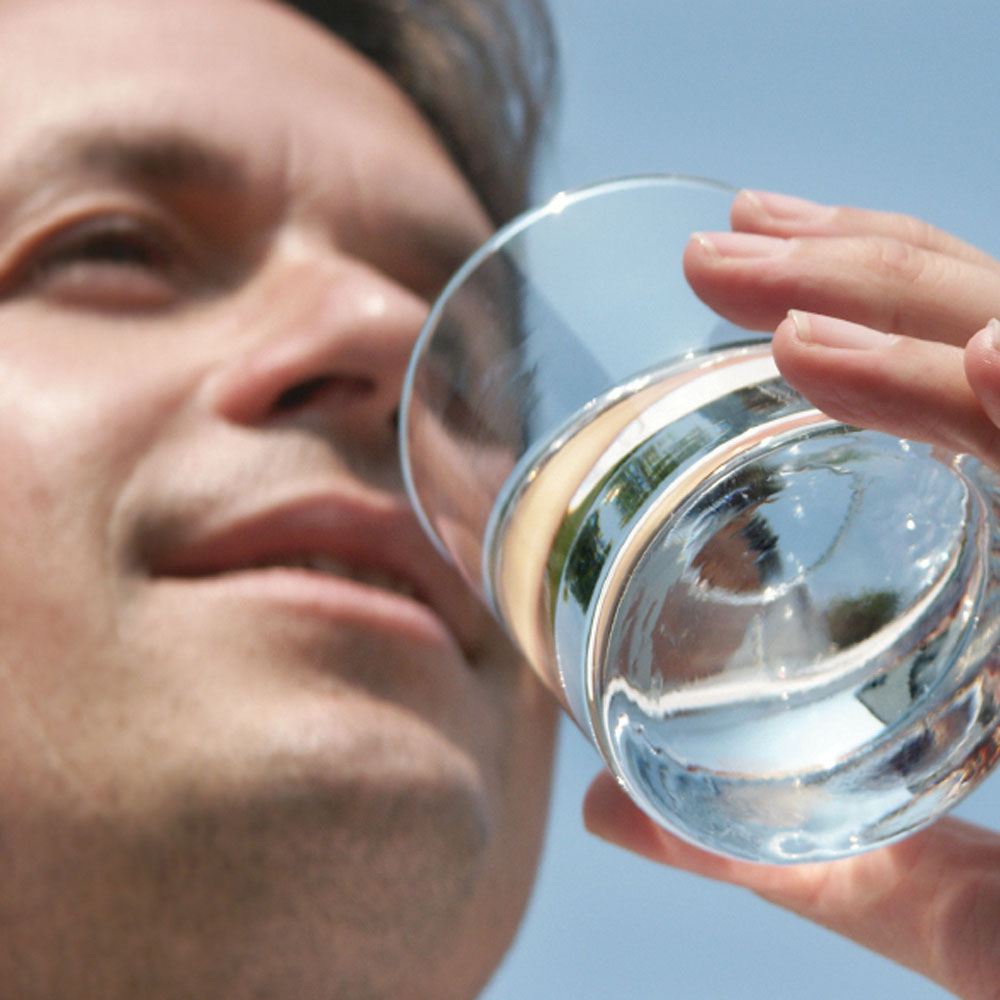
Hidden Costs of Water
- Mineral impurities in tap water wear out water-using appliances, equipment, pipes and water heaters, causing additional maintenance or replacement costs.
- Scale build-up inside a water heater increases water heating costs in two ways. First, it reduces the space available in the water heater so less hot water is produced. Second, the scale forms an insulation barrier, increasing the energy used to heat the water.
- Tap water leaves a harsh soap curd in fabric that is abrasive like sandpaper and damages clothing, towels and other laundered materials.
- Most water requires the use of excessive amounts of cleaning products containing harsh chemicals needed to breakdown the hardness and other minerals in the water before they begin cleaning.
- Cleaning costs you money as well as time. When your tap water leaves a residue, the costs keep adding up when you have spots on glasses and cutlery, soap scum on shower doors, rings in the toilet bowl, and water marks on sinks and faucets.
- Chlorine in your tap water can irritate your skin and eyes, as well as damage your hair, thereby costing you more money for lotions, moisturizers and conditioners. Chlorine can also interact with Organics in the water to create Trihalomethanes (THMs).
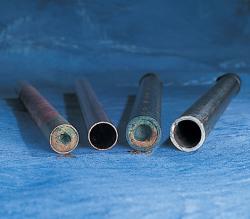
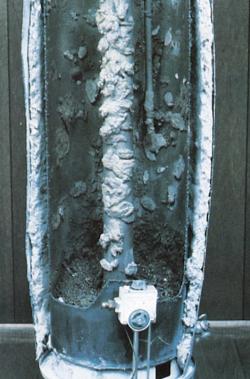
Municipal Water Treatment
Drawn from rivers, lakes, reservoirs and wells, water is pumped to the municipal water plant where it is filtered through sand and gravel beds to trap solid matter. Next, chlorine and other chemicals are added to kill bacteria and algae before the water travels through the pipe system to your home, some of which may be decades old. The water is now considered safe to drink by current standards even though it may contain any number of potentially harmful chemicals and have an objectionable taste or odor.
The best way to avoid having to live with this less-than-desirable water is by using a water treatment system. Water purification is a safe, effective way to get the quality you desire and deserve. Water filters will do just that – filter out impurities, while water conditioners/softeners offer you the advantages of better taste, reduced scale build-up, and higher quality and performance. You will have clean, healthier drinking water straight from the tap.


 Puronics, Incorporated
Puronics, Incorporated